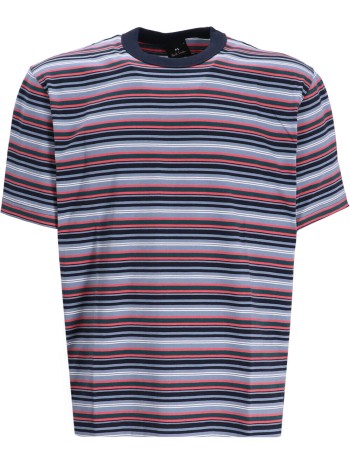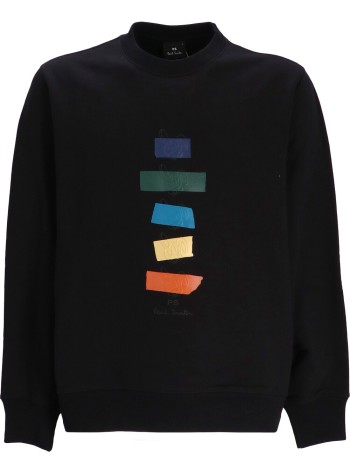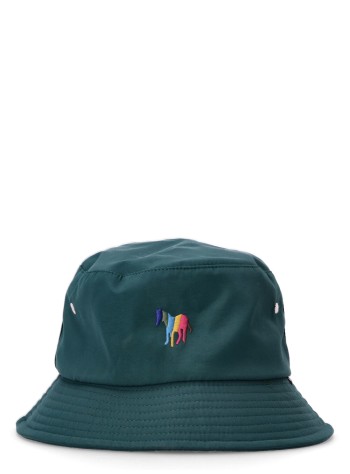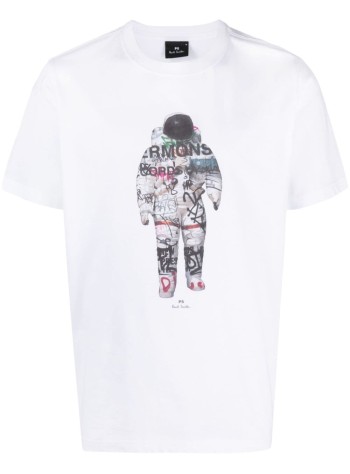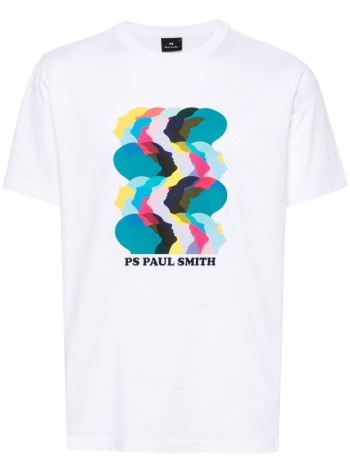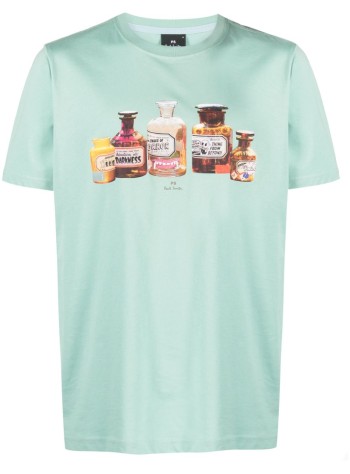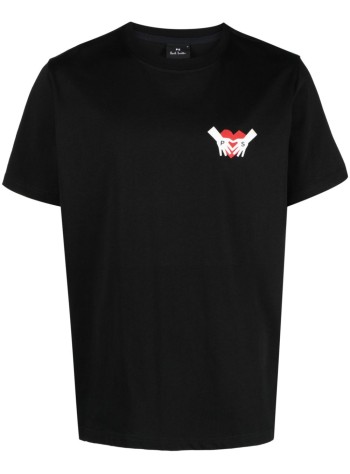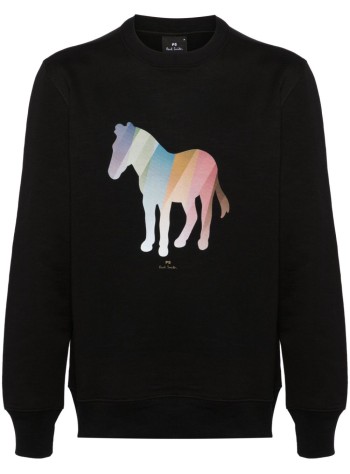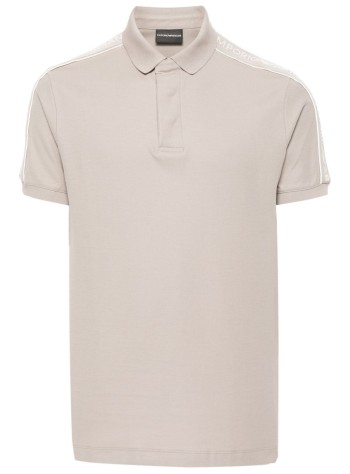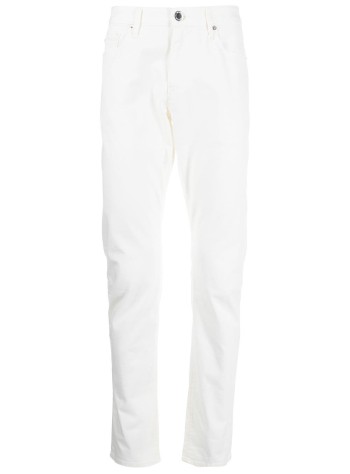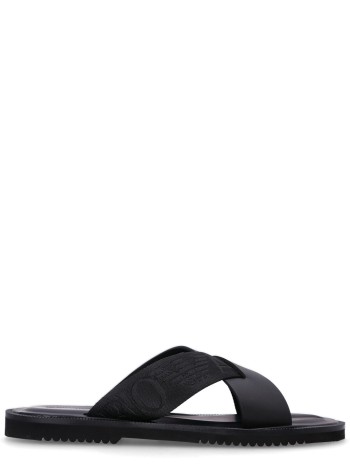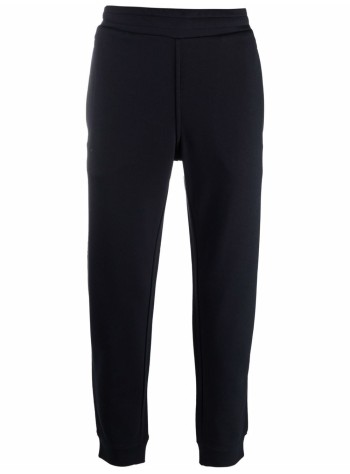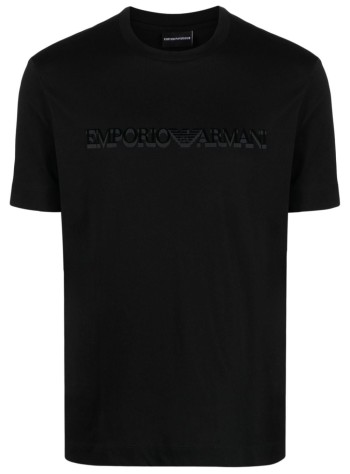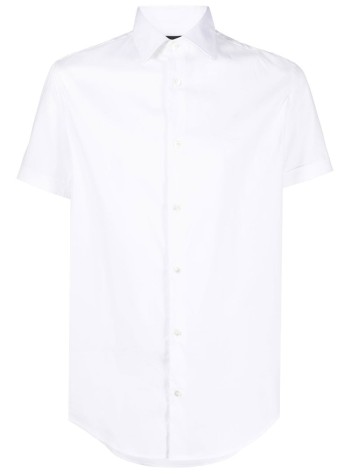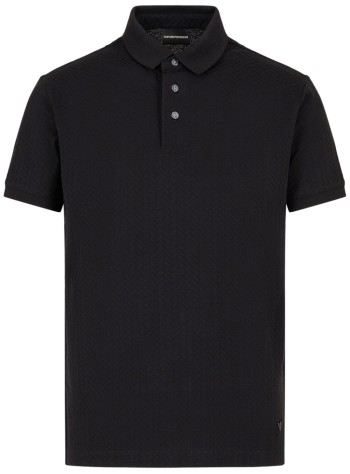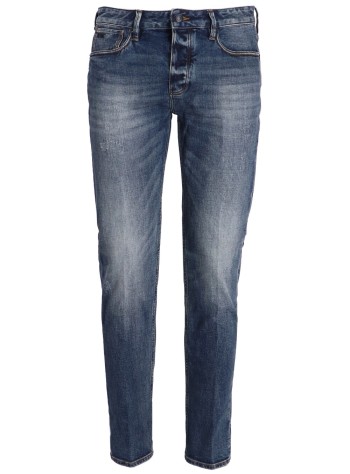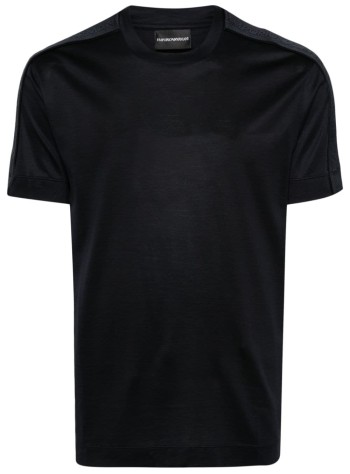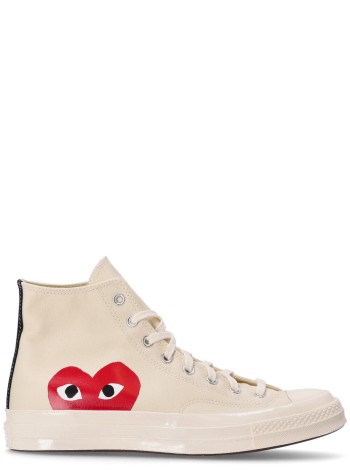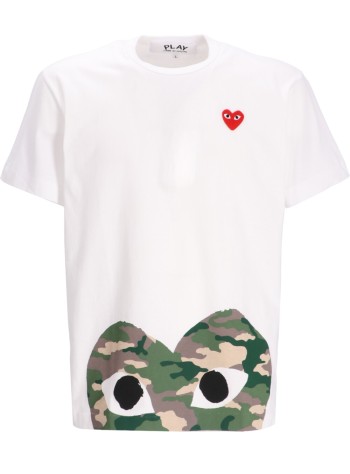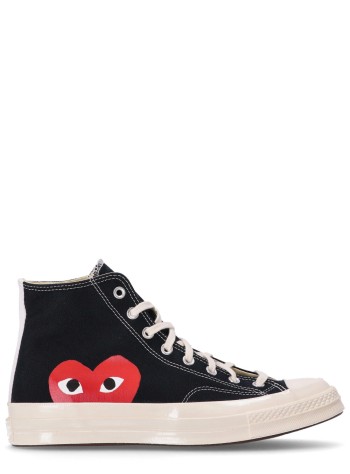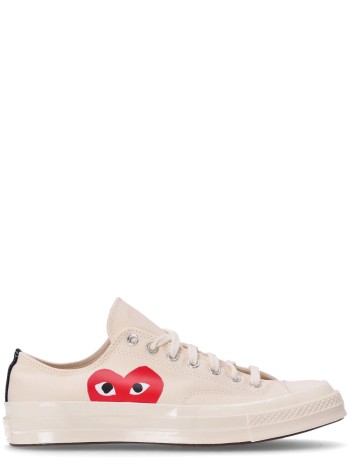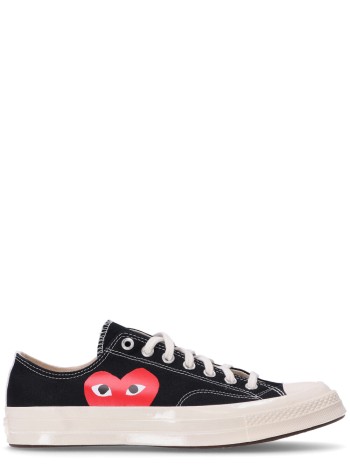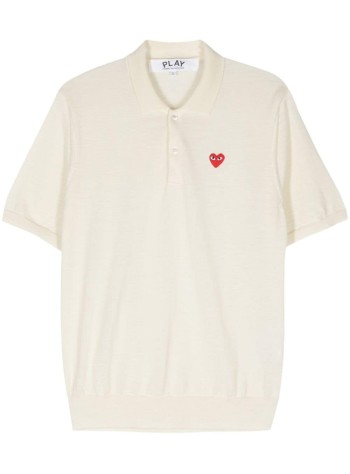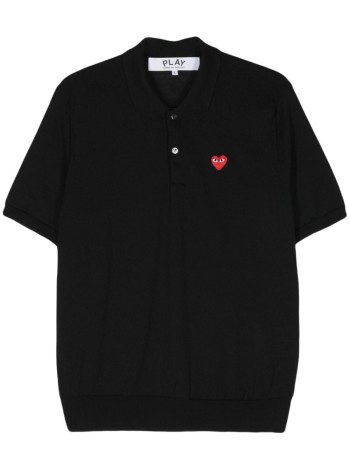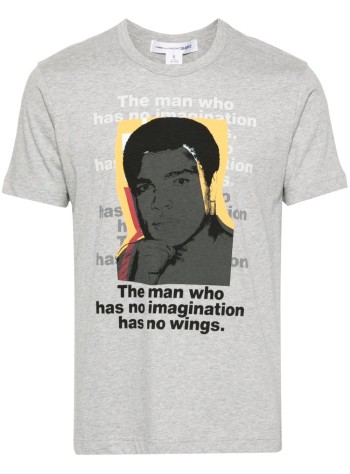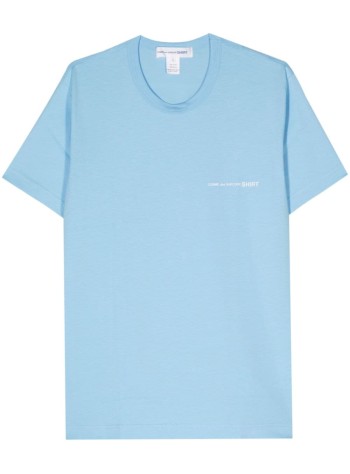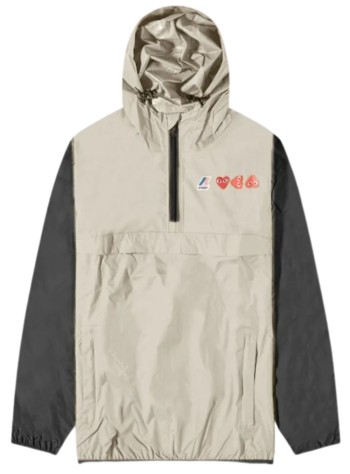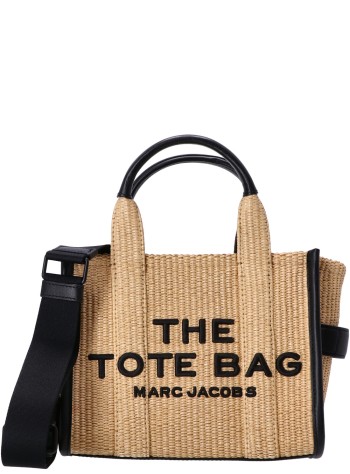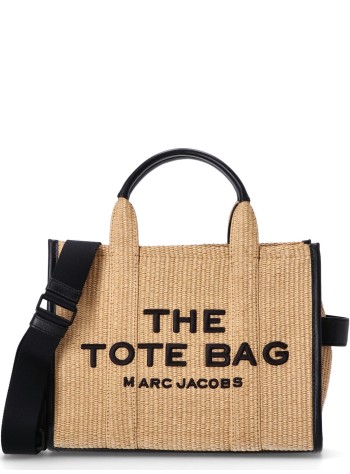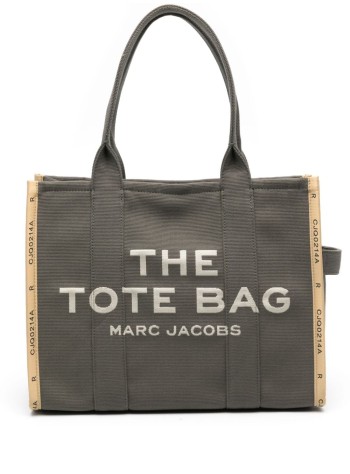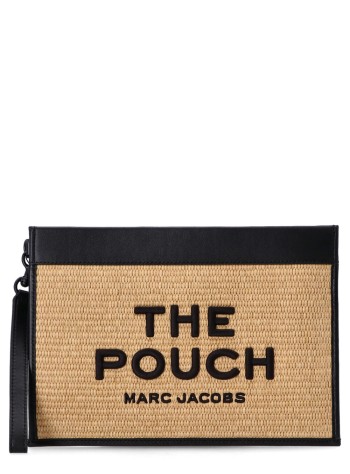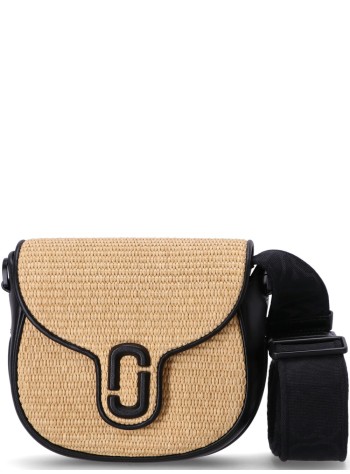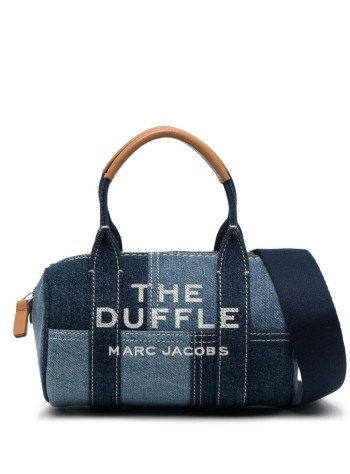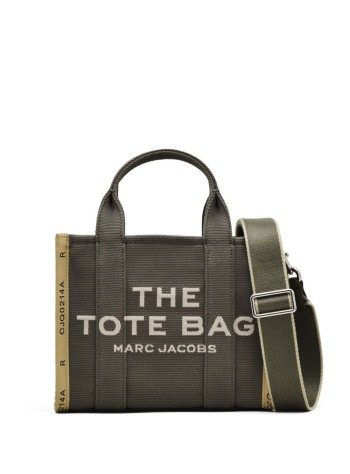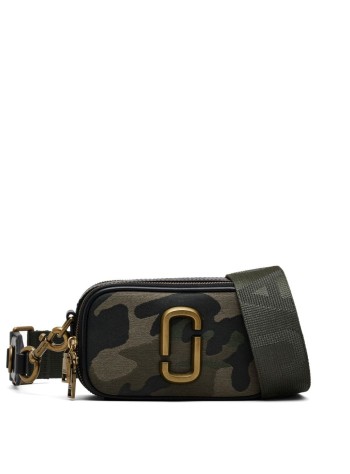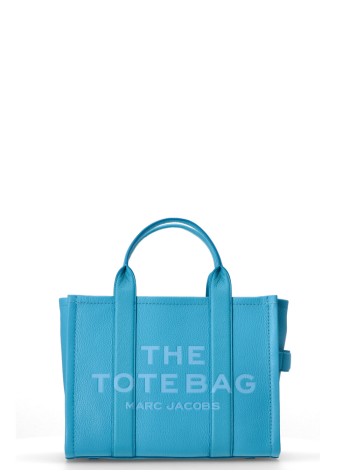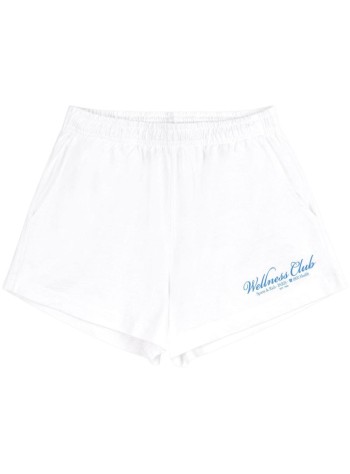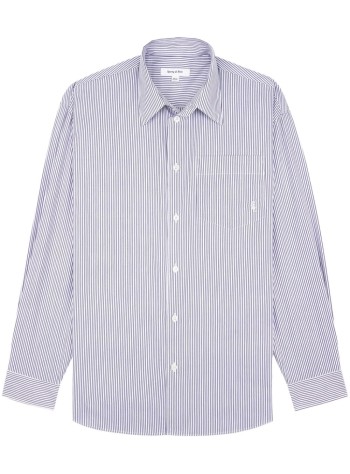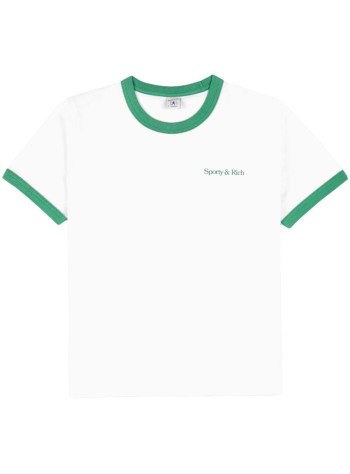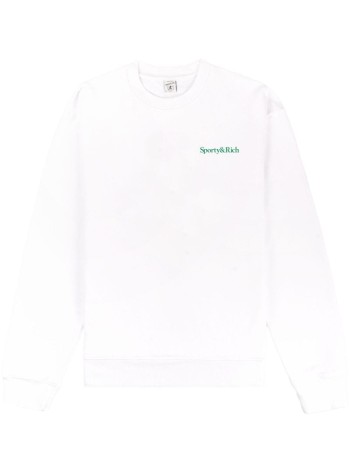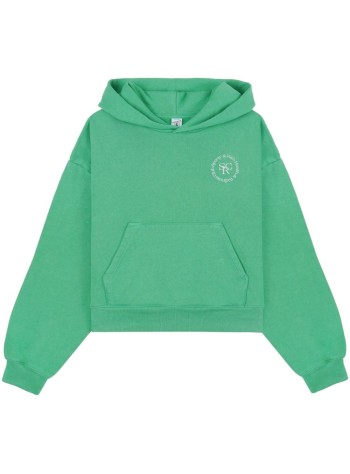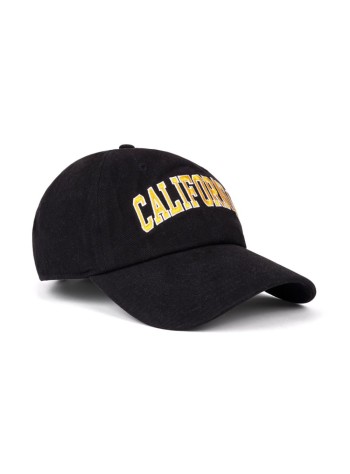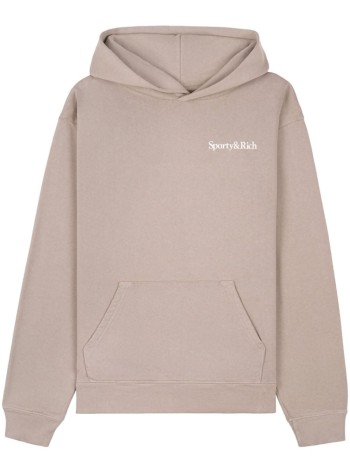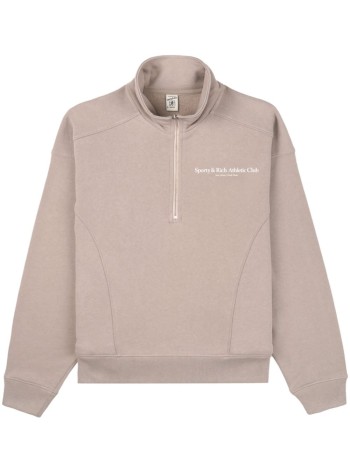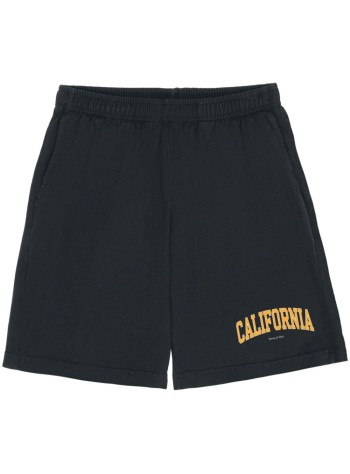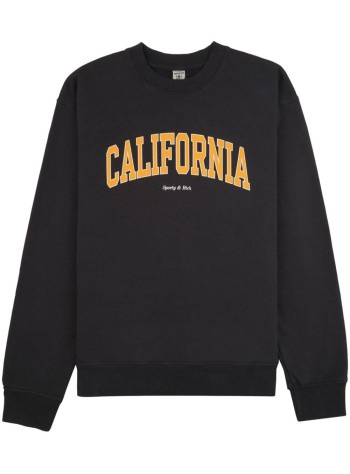Unravelling Stories: Cultural Influence in Global Fashion
Take a journey through five iconic nations to see how fashion reflects and reinterprets cultural identities over time.
From the British trench coat to the Canadian Aran wool sweater, from the timeless American jeans to the intricate Japanese kimono, these pieces not only adorn the body, but also weave the rich fabric of history and cultural identity of their countries of origin. Their deep roots in tradition have left an indelible mark on contemporary fashion, demonstrating that despite globalisation, certain characteristics remain and continue to influence the international fashion landscape.

First stop: United Kingdom
A vibrant melting pot of influences reflects the rich history and cultural diversity of this cosmopolitan metropolis. From the elegant runways of haute couture to the bustling street markets of Camden or the most sophisticated corners of Mayfair, fashion in London is defined by its eclecticism and ability to blend the classic with the contemporary. The influences are many and deep, from the aristocratic heritage to the vibrant multicultural scene that characterises the city.
The capital's historical roots have left an enduring mark on its fashion landscape. The tradition of British tailoring, with its meticulous attention to detail and craftsmanship, remains a prominent influence in the textile sector. Today, however, this heritage is intertwined with the innovation and avant-garde that characterise the creative spirit of new designers. London is renowned for its support of emerging talent and its willingness to challenge convention, resulting in a distinctive and bold style with an international reach.
Beyond the influence of British royalty, music and subcultures have had a profound impact on the fashion landscape in England. Movements such as punk, mod, Britpop and indie have left a lasting mark on the aesthetics and attitudes of the industry. From the rebelliousness of punk to the elegance of mod, these subcultures have inspired designers and creatives, fostering boundless creativity and a style that constantly challenges established norms.
Second stop: Italy
Italian fashion is a story woven through the centuries, rooted in the country's rich cultural heritage. From the days of ancient Rome to the splendour of the Renaissance, Italy has been a hub of ingenuity and talent in the world of design. During the Renaissance, cities such as Florence and Venice became bustling centres of fashion, attracting nobles and social elites in search of the latest trends in luxurious clothing and meticulously crafted accessories.
The 20th century marked a milestone in Italian history with the emergence of iconic fashion houses that redefined standards of excellence in materials, design and quality. These brands not only brought Italian style to the world stage, but also cemented its reputation as an industry leader. With their bold and avant-garde creations, they captured global attention and reaffirmed Italy's status as a beacon of innovation in the world of trends.
In today's landscape, Italian fashion remains synonymous with elegance, sophistication and meticulous craftsmanship. Historical influences such as Renaissance art and traditional techniques merge with contemporary trends to create distinctive styles with depth and meaning. These styles continue to inspire designers and enthusiasts worldwide, perpetuating the country's textile heritage as an endless source of creativity and beauty.
Third stop: Japan
From the kimonos of the Edo era to the explosion of contemporary fashion on the streets of Harajuku, Japan has always been a country of evolving styles. Its exquisite designs and fabrics have stood the test of time as symbols of elegance and sophistication. However, the arrival of the Meiji era in the 19th century marked a turning point, opening the doors to Western influences and resulting in a fascinating fusion of traditional and modern styles.
This mix reflects the essence of contemporary Japanese fashion, from sophisticated minimalism to the extravagance of street wear. The influence of Japanese pop culture, with its vast legacy of manga, anime and video games, is now a major feature of the country's textile industry. Collaborations between fashion brands and anime characters, as well as the incorporation of prints and colours inspired by these forms of entertainment, are common on the current scene.
This fusion of pop culture and fashion has attracted global attention and become a culturally relevant phenomenon. On the vibrant streets of Tokyo, especially in the dynamic districts of Harajuku and Shibuya, a street style scene is thriving, providing a canvas for a variety of styles and subcultures. From Lolita to Gyaru, Japanese urban style is an expression of creative individuality that continues to inspire and captivate a global audience.
Fourth stop: United States
The foundations of American fashion are intricately woven with a rich tapestry of cultural influences, weaving together European traditions from early settlers with resonances from indigenous, African and Asian sources. The massive migration of the 19th and early 20th centuries added depth and complexity to this cultural tapestry, further enriching its fabric.
The 1920s saw the rise of flapper fashion, symbolising not only women's liberation but also the adoption of looser silhouettes and avant-garde cuts. During the Great Depression, clothing became a reflection of austerity and functionality, adapting to the harsh economic realities of the time. The Second World War, however, brought a utilitarian aesthetic, characterised by practical and durable garments designed to support the war effort.
Today, American fashion is defined by a myriad of historical and contemporary influences. The grand runways of New York coexist with the street style of Los Angeles. From Victorian charm to the glamour of Hollywood. Each era symbolises a chapter in the great encyclopaedia of fashion that is this country.
Top of Form
Last stop: Canada
Although traditionally overshadowed by major fashion centres such as Paris, Milan and New York, Canada's impact on the world of fashion is undeniable and worthy of attention. From the functional clothing of indigenous peoples to the elegant minimalism of contemporary designers, Canada's textile sector is characterised by its ability to fuse elements from different cultures and climates.
The country's vast geography, from the icy lands of the Arctic to the vibrant coastal cities, has inspired the creation of garments that are not only stylish, but also highly functional and adaptable to different environments. Its historical roots, marked by European colonisation and coexistence with indigenous communities, continue to exert a profound influence on the country's current fashion scene. Elements such as the traditional craftsmanship of indigenous peoples, the use of natural textiles and a growing concern for sustainability are becoming more prominent in this scene.
In addition, inclusion and diversity have become core values. Designers and brands strive to represent and celebrate the rich plurality of cultural and ethnic identities present in the country, establishing a standard of inclusion that transcends borders and cultures.








